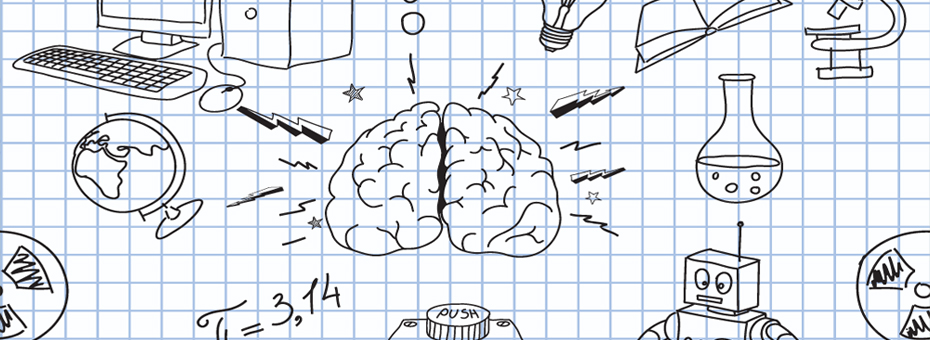I’m often asked: now that so many companies are doing Lean, what comes after Lean?
I’ve been stumped by this question because on the one hand, I can’t quite imagine an end to “doing Lean;” Lean remains in many ways a mystery we are continuing to explore. On the other, for a long time I hadn’t come across any other strong, truly new line of thinking.
Most management ideas out there follow the Taylorist program of capturing knowledge, embedding it into a system, and then getting less qualified people to do the work within the systems constraints. Taylor’s Big Idea, to separate brains from hands, is now supported by Big Data. New opportunities to turn craft into algorithms appear every day. For example, as much as I am a fan of Amazon, here is a case where the craftman bookseller (who discusses with you what book you might like and then rummages through shelves to find the one precious copy of “the book for you”) has now been replaced by 1) an automated web-interface and 2) operators who follow the instructions of state-of-the-art IT systems in gigantic warehouses whose job it is to make sure the book gets to your door. And this is clearly going to continue. No one has yet figured out how to put together the Amazon of medicine, but someone will. You can imagine an automated web-based system that “knows” your genome and medical history, to which you’ll turn before you go and visit a flesh-and-blood doctor. The future is now.
However, one strong movement I do find incredibly valuable now that is picking up speed is Design Thinking (which Jane Bulnes-Fowles wrote about recently on the Post).
Whereas lean thinkers believe that human creativity needs to be put back into the system at the operations kaizen level, design thinkers argue that businesspeople need to be skilled at design to creatively invent the products and services of tomorrow. This is not incompatible with Lean, it’s complementary; and indeed some writers and thinkers like Matthew May straddle both worlds well. But the focus of design thinking is different. The core idea here is that the economies of scale that were the hallmark of the 20th century are now less relevant than our imagination to produce elegant, refined, targeted products. “Imagination-intensive” is about to replace “scale-intensive.”
The first assumption of design thinking is that innovation touches everything that surrounds us: objects certainly, but also full economies and political systems. The second is that great design can be taught (and learned) through a better understanding of key design heuristics, as opposed to algorithms in IT systems.
I’m a strong believer in power laws, so I doubt that we’ve seen the end of the struggle for domination of near-monopoly supply chains, although the players do and will change with technology. Still, the long tail now offers endless opportunities for new design whether in terms of products, services, or organizations. Whereas lean thinking has traditionally focused more on making legacy systems work, design thinking offers new vistas on how to look at offering, not just delivering. Both are exciting, and although fundamentally different (one kaizen-driven, the other innovation driven), both place the human being at the center of the business process. “Great people make great products” is a central assumption common to both fields. The mystery that is an individual, the choices each person makes, the creativity and engagement a person brings to their job… these things cannot be procedurized and built into any rule-based-system. They change and evolve, they grow or they die.
3D printing is happening now, as is open-source product design… The future is now, and this future brings us every step closer to rethinking “one-piece-flow” as we never have. These opportunities will be seen and explored by people, who will then need the discipline of learning to turn them into viable ventures.
Lean’s core question of “how do we develop people to design products?” is more relevant than ever.






